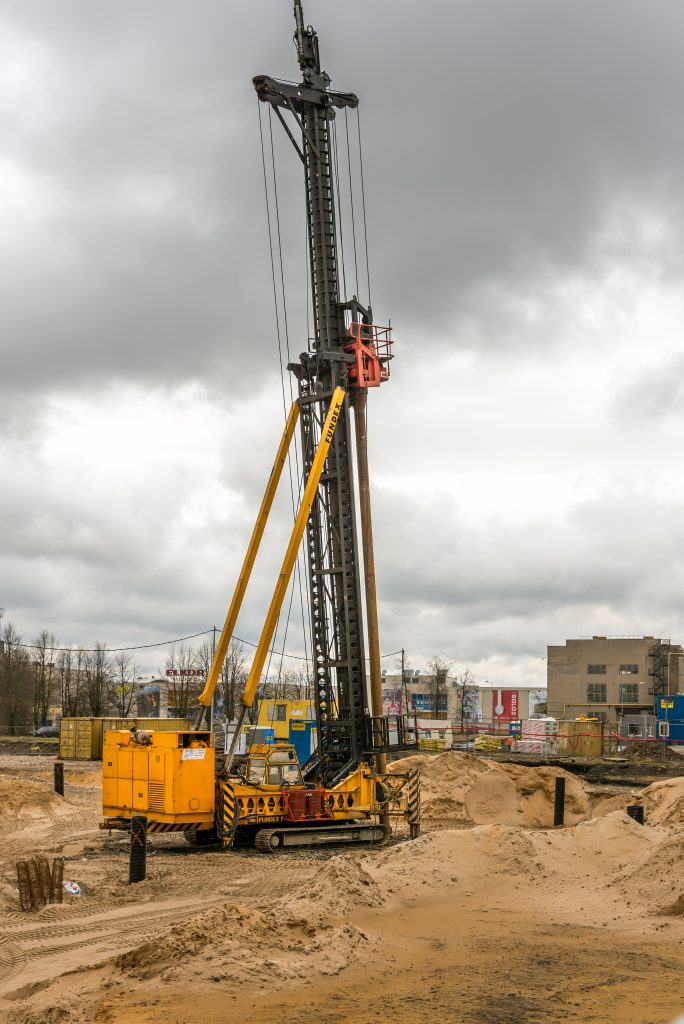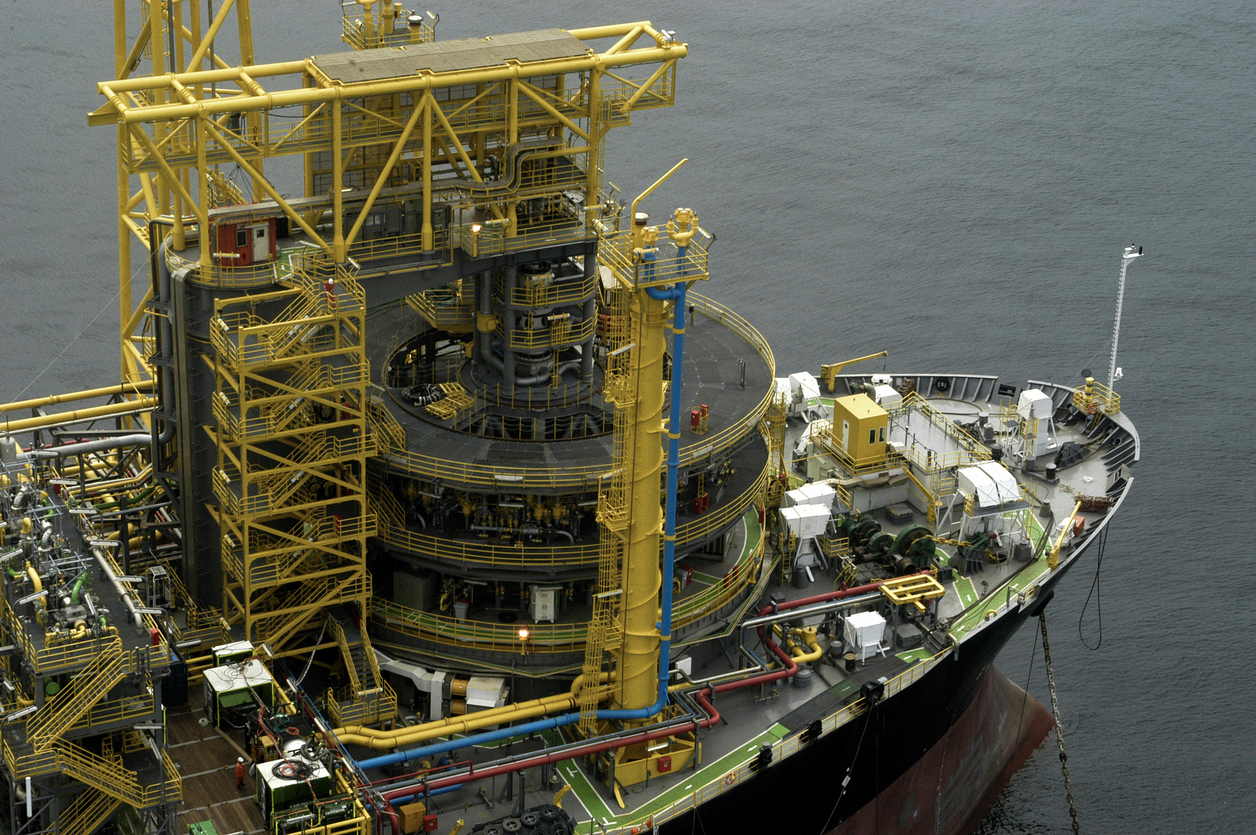In the oil and gas industry, moving a drilling rig from one location to another quickly, accurately, and safely is a critical operation. This process, known as a rig move, involves much more than simply transporting heavy structures: it involves complete disassembly, specialized logistics, reassembly at the new location, and a series of precautions to ensure the continuity of the operation without losses or risks.
In onshore operations, that is, operations carried out on dry land, the challenge is even greater. Difficult-to-access roads, long distances, variable weather conditions, and exposure to property risks make rig movement a true test of organization and operational resilience.
The question facing companies in the sector is: how can rig movements be made safer, more efficient, and predictable? And what mistakes should be avoided? Throughout this content, you'll understand the stakes of this type of operation and how best practices can reduce risks and improve field team performance.
What is an onshore rig move?
The term rig move refers to the complete process of moving a drilling rig from its original location to a new operating point. In the onshore environment, this process requires dismantling the structures, transporting each component overland, and then reassembling them at the new location.
Although it may seem like a simple logistics operation, a rig move requires meticulous planning and coordinated execution across multiple teams. Dozens (sometimes hundreds) of trailers, support vehicles, operators, and technicians work in sync. All of this must occur within tight deadlines, with maximum attention to safety, equipment integrity, and traceability at every stage.
Why rig moves require extra attention
Rig moving operations are extremely sensitive. Any error can damage equipment, lead to personnel accidents, delay the resumption of drilling, and directly impact project costs.
Among the factors that make this operation critical, the following stand out:
- Exposure to theft or sabotage, especially in remote areas with low security coverage;
- Logistics accidents: vehicle collisions, rollovers or poor packaging of parts that compromise their integrity;
- Communication failures between teams involved in different stages of the process;
- Adverse environmental conditions, such as mud, floods, excessive heat or mountainous regions, make logistics difficult.
Furthermore, it is common for movement to occur in areas where infrastructure is limited, requiring creative and technically safe alternatives to make transportation viable.
Operational and asset risks in a rig move
When considering rig moves, many companies focus their efforts solely on physical logistics. However, the risks extend far beyond transportation:
- Property losses: high-value equipment travels long distances without adequate protection;
- Work accidents: moving large volumes of cargo in improvised locations increases the risk of serious injuries;
- Reputational risks: delays or failures can affect contracts with operators and compromise the company's image;
- Operational discontinuity: the rig needs to be reassembled quickly so that drilling can resume without disrupting the schedule.
Therefore, mapping risks, monitoring movements and ensuring end-to-end visibility of the operation is an essential strategy.
Best practices to increase security and predictability
More mature rig moving companies have adopted practices that increase the level of control and significantly reduce risks. These include detailed route planning, mapping critical areas and safe alternatives.
Furthermore, the importance of creating operational checklists and safety manuals for all stages of the process cannot be overlooked. Nor can regular training be provided to the teams involved, especially drivers and cargo operators.
Technological monitoring solutions to track movement in real time and complete documentation of the stages, ensuring traceability and prompt response to audits, are also essential.
Companies that invest in infrastructure, preventive culture, and technology are able to reduce costs, avoid incidents, and become more competitive in complex projects.
Conclusion
The onshore rig move is a critical stage that requires much more than logistical strength. It demands strategic vision, technical preparation, a safety culture, and rapid response capabilities. Any error during this phase can jeopardize weeks of operations or even result in irrecoverable losses.
By adopting best practices and focusing on prevention, your company not only protects lives and assets but also builds a solid reputation in the energy market. And, in an industry where trust is everything, this can make all the difference.
About ALTAVE
ALTAVE offers intelligent monitoring solutions that increase safety in critical operations, protecting people, assets, and processes. By combining cutting-edge technology with automated analysis, it is possible to identify risk situations in real time and prevent accidents before they happen.
With real-time monitoring, intuitive dashboards and 24/7 support, ALTAVE contributes to operational safety and the protection of lives and essential resources. The company has patented technologies in Brazil and abroad, and is present around the world, serving sectors such as Defense and Security, Energy, Mining, Ports, Agribusiness and Oil and Gas.
Recognized for its strategic relevance, ALTAVE is accredited as a Strategic Defense Company by the Brazilian Ministry of Defense and a supplier to Petrobras.
Let's have a chat?
Contact us to learn more about how our solution can help your company!





